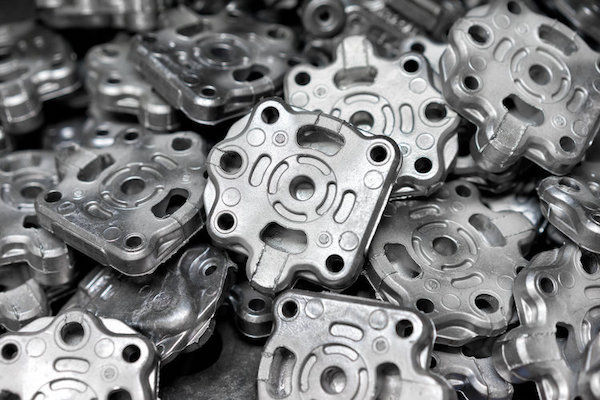The advancements in technology lead the population to be more and more dependent on different types of mechanical devices that make jobs and chores of every day easy and convenient. This dependency affordable and accessible by a majority of the population results from the advancements in metal parts production techniques. It has revolutionized the production of metal parts to become much more precise and efficient and be financially affordable and low budget. Cold chamber pressure die casting is a technique used to produce parts of metals with high melting points. The metals having a high melting point are proved to produce a stronger product than the parts of metals having a low melting point. This technique is often used to ensure the excellence of the product quality and a consistent and repeatable result with the same efficiency.
Process of Cold Chamber Pressure Die Casting
The cold chamber technique for casting involves a sequence of careful processes and actions to achieve a precise and high-quality end product. The steps generally involved in this technique are as follows:
- A 3-D model of the part is designed and simulated on computer software to ensure its efficiency and practicality for the purpose before being produced in huge numbers. The simulation and modeling allow the designers to make any necessary adjustments in the design and dimensions of the part if required.

- After achieving the final 3-D model of the part, it is used to produce a die cavity that will shape the molten metal into its dimensions. This die is produced in two halves and is fitted in a designated position on the casting machine.
- The two half dies are clamped together to form a hollow cavity. Under extreme pressure, molten metal is poured into the cavity and is left to cool and solidify. The extreme pressure is maintained throughout the solidification of liquid metal.
- After proper solidification, the liquid metal gains the shape and form of the particular cavity poured inside. Solidification of metal is followed by ejecting of the final product. The two halves of the cavity are separated, and the final metal product is sent further down for machining and finishing operations.
Conclusion
Casting techniques such as the cold chamber technique have allowed humans to manufacture large and strong metal parts with great convenience, speed, and economic efficiency. The end product of this technique offers properties such as excellent finishing of surface walls, uniformity of metal throughout the product, and retaining of specific properties possessed by the metal originally.



